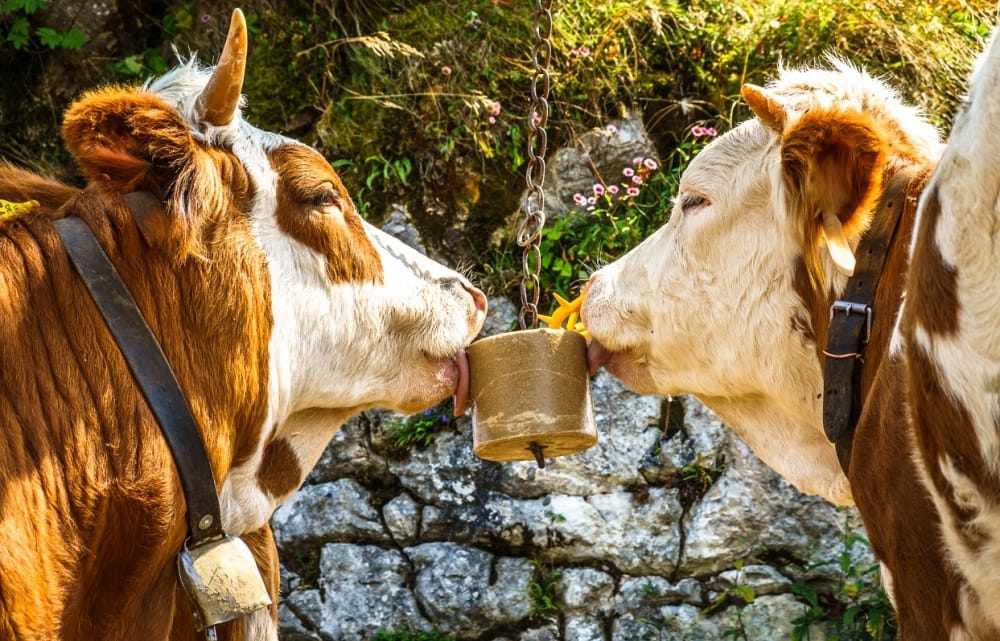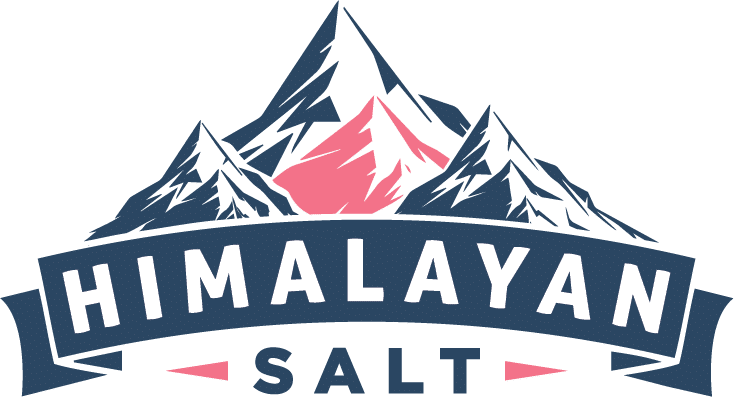
Animals need salt for a variety of physiological functions, including maintaining proper fluid balance, nerve function, and muscle function. In the wild, animals may obtain salt by consuming plants or other animals that contain sodium, but domesticated animals may not have access to sufficient sources of salt in their environment.
Salt blocks, also known as mineral blocks or salt licks, provide a convenient and consistent source of salt for animals. When an animal licks a salt block, it can ingest the minerals it needs to maintain good health. The block also provides physical activity for the animal, helping to relieve boredom and prevent destructive behavior.
In addition to salt, mineral blocks may also contain other essential minerals, such as calcium, magnesium, and potassium, depending on the needs of the animal. Some animals may also lick salt blocks out of habit or for the taste, even if they do not have a physiological need for the minerals
Today we’re covering the most awaited topic people often asked – Why do animals lick salt? Why it’s necessary to have Animal lick salt available for them?
Salt is an electrolyte and it’s something that is absolutely necessary for their diet. It is really important year-round for our animals, especially in the summer. They sweat so much that we really worry about them not having enough electrolytes in their body. So salt plays an important part and fulfills their sodium chloride and mineral deficiency. It’s necessary for the winter as well. You should keep salt near feed and drinking water that encourages them to take.
Himalayan Salt for Animal Nutrition
Himalayan animal lick salt is synonymous with normal salt that is a mineral – provides nutrition in the recommended amounts.
Among many other things, it stimulates the appetite of animals and regulates the balance of fluids. Two ways to administer salt are to mix it with the feed or to place salt blocks in the fields, which the animals lick.
Loose Type and Animal Lick Salt
Loose salt is sometimes preferred over salt blocks because it’s easier to get the daily required amount of salt during the summer months, whereas licking takes much longer. But lose-type salt doesn’t work well in winter because it melts down into snow.
Others think animals enjoy chewing animal lick salt blocks and it gives them something to do. Salt blocks in the water tub usually encourage people to take in a little bit more salt, which results in them drinking more water, which is always good.
Benefits
It has been known since ancient times that adding salt to animal feed is beneficial; it nourishes the animals, promotes weight gain, and improves their health. If sodium is not added to cattle feed, a serious deficiency of this mineral can occur in sheep and cattle.
The nutritional functions that salt fulfills in horses and cattle are varied, ranging from controlling metabolism and maintaining osmotic pressure to regulating acid-base balance.
In case of higher deficiencies, the cattle become sick and weakened, presenting rapid weight loss and a notable decrease in milk production. But by providing salt in the feed, all of these things are quickly corrected.
How much salt do animals need?
After extensive research, we found how much an average size animal actually needs salt in its diet. They need just the minimal a couple of tablespoons a day.
So you make sure that they (sheep, horses, cattle) always have salt available to help with electrolytic & mineral deficiencies. In case, whenever you run out of salt, you can order online at Himalayan-pinksalt.com. We’re renowned manufacturers and exporters of Himalayan salt products including Himalayan animal lick salt.
Bottom Line
I hope you found this guide useful. I really put a lot of thought into it and I’d like to know what everybody else does; let me know how you feed salt to animals (horses & cattle).
